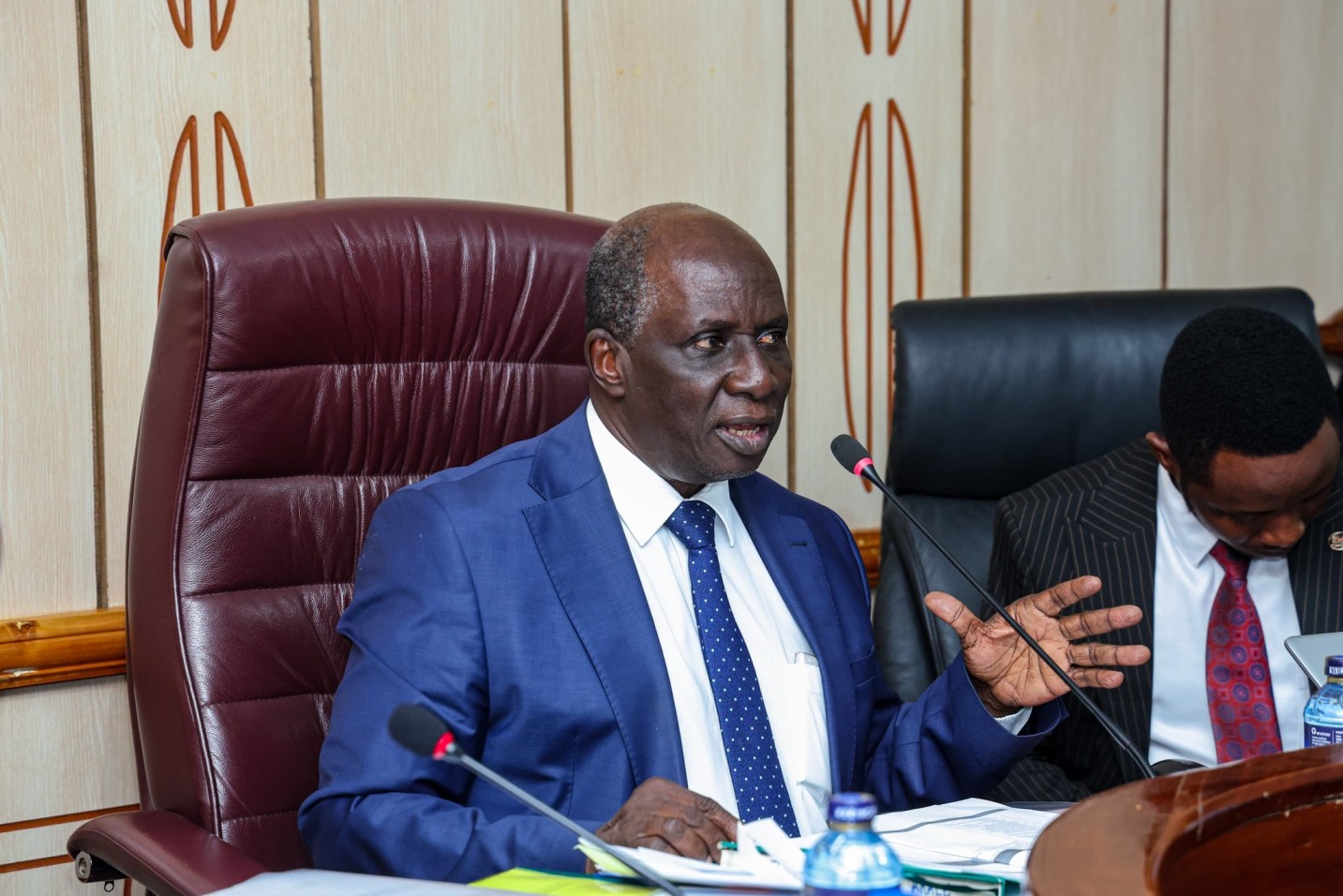MPs push for joint talks to resolve UHC transition challenges

Seme MP James Nyikal said MPs had received a number of troubling concerns about the functionality and efficiency of the SHA system.
The National Assembly Health Committee has called for urgent dialogue between the Social Health Authority (SHA) and the Consortium of Healthcare Providers (CoHP) to address serious challenges affecting the transition to the new universal health coverage system.
Speaking during a meeting with private and faith-based healthcare organisations, committee chair and Seme MP James Nyikal said MPs had received a number of troubling concerns about the functionality and efficiency of the SHA system, which replaced the National Health Insurance Fund (NHIF).
Among the issues raised, Nyikal pointed to confusion over the control and management of the SHA provider portal, delays in processing insurance claims, and late payments that have reportedly left up to 53 per cent of claims unsettled.
He added that providers were also grappling with a 90 per cent claim rejection rate and unpaid debts carried over from the previous health insurance model.
“We believe there is space for constructive dialogue,” said Nyikal.
“From our side, we have gathered the necessary information, and this committee views its role as facilitating engagement between the Ministry of Health and the consortium to ensure the system functions more effectively.”
The legislator affirmed the committee’s resolve to support a smooth transition to the new health financing framework and ensure Kenyans continue to receive essential healthcare services without disruption.
During the session, CoHP members pressed the government to urgently address financial bottlenecks they are facing under SHA, saying the delays were threatening the rollout of Universal Health Coverage (UHC).
They cited underfunding, unclear systems, and poor rollout of reforms as key obstacles to effective service delivery.
Rural and Urban Private Hospitals Association of Kenya (RUPHA) chair Brian Lishenga urged the government to embrace a hybrid digital health approach to strengthen UHC, saying current challenges could be resolved through a blended technology model.
“We support a national strategy that blends the strengths of the SHA provider portal model with those of Integrated Health Technology Systems (IHTS), ensuring compliance, innovation, and provider autonomy,” said Lishenga.
He warned that recent adjustments to the SHA portal had removed maternity and inpatient bed capacity from all level two facilities, regardless of their infrastructure and licensing.
Similarly, he said level three facilities without operating theatres — though licensed to offer inpatient care — were delisted.
“This has resulted in significant disruptions in service delivery, denial of SHA reimbursement for eligible services, and barriers to access for maternal and inpatient care—particularly affecting rural, peri-urban and underserved regions,” Lishenga added.
He told the committee that data from the 2023 Kenya Health Facility Census showed that the removal had affected 3,478 maternity beds (18.6 per cent of national capacity), 1,080 delivery beds (28.6 per cent), and approximately 10,000 inpatient beds across 1,138 downgraded level 3B facilities.
Counties hardest hit include Mandera, Turkana, Wajir, Marsabit, Garissa, and informal settlements in Nairobi and Mombasa.
“The committee’s urgent intervention is required to reverse unintended policy effects that undermine Kenya’s commitment to UHC,” he said.
RUPHA warned that unless these decisions are reversed, the consequences could include compromised maternal and emergency health outcomes, a disproportionate impact on compliant facilities in lower-income areas, and a decline in public trust toward SHA-led reforms.
The consortium also called for a proper accreditation structure for digital health vendors, proposing that the Digital Health Agency (DHA) be tasked with accrediting health technology providers based on transparent criteria, such as biometric validation capabilities.
This, they said, would allow both established and local vendors to participate fairly in the health sector.
